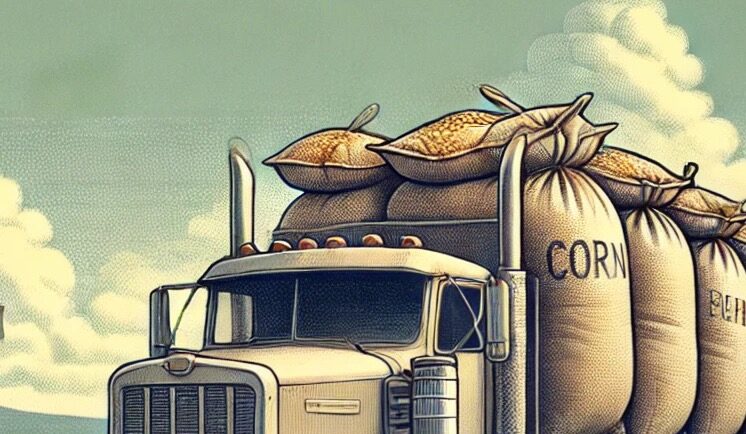
The regulatory landscape for GM crops varies significantly across Latin America, creating a patchwork of policies that complicate cross-border trade and innovation.
Countries like Argentina, Brazil, and Chile have developed regulatory frameworks that embrace GM crops and gene-editing techniques, allowing them to reap the benefits of biotechnological advances. Their established systems promote research, innovation, and commercialization, making these countries leaders in the region. However, many other Latin American nations have not adopted such a progressive stance, causing delays in technological adoption and reducing agricultural efficiency.
Here’s the current status in key countries:
- Argentina and Brazil: Both countries are among the world’s top growers of GM crops, with well-established regulatory frameworks allowing the commercial release of modified crops. These nations lead the Latam region in adopting and exporting advanced seed technologies.
- Argentina is a top GM crop producer, with approximately 24.5 million hectares planted with biotech varieties. As of 2024, it approved 78 biotech crop events, including various soybean, maize, and cotton modifications.
- Brazil ranks as the world’s second-largest biotech crop producer, with 68 million hectares planted with genetically engineered traits in the 2022-2023 season. Adoption rates for soybeans and cotton reached 99%, and for corn, 95%. The continued use of biotechnology seeds has been a major contributor to yield growth in Brazil since their adoption.
- Chile: Chile has developed regulations for both gene editing and transgenic crops, supporting their cultivation within a framework that encourages research and development. This progressive approach positions Chile as a leader in agricultural innovation alongside Argentina and Brazil.
- Colombia: has implemented GMO regulations, reaching a milestone in 2023 with 154,677 hectares of GM crops, including corn, cotton, and soybeans. In 2023, GM corn led with 142,711 hectares, accounting for 36% of the total corn area and contributing over 50% of the national production. GM cotton covered 7,409 hectares, while GM soybeans, approved in 2010 but first commercialized in 2023, reached 4,557 hectares.
- Ecuador has maintained a ban on the cultivation of GM crops since 2008, as stipulated in its constitution. Despite discussions and debates over the years, this prohibition remains in effect, and no GM crops are legally produced in the country, except transgenic seeds, for research purposes only.
- Honduras has pioneered GM crop adoption in Central America, becoming the first country in the region to approve herbicide-tolerant GM maize in 2002. As of 2022, Honduras had approved seven GM maize varieties and allowed for GM rice cultivation.
- Guatemala takes a cautious approach, permitting field trials but prohibiting commercial production of GM crops. Their 2014 Presidential Decree has acted as a disincentive to using biotechnology in agriculture and food production.
- Uruguay has embraced GM crop cultivation extensively, adopting regulations allowing the research and cultivation of transgenic crops, positioning itself as a regional player in agricultural biotechnology. The country is a major producer of GM soy and corn, with over 2.5 million acres dedicated to these crops.
- Mexico has taken a restrictive approach to GM crops, focusing on biodiversity protection and public health concerns.
- Venezuela and Peru have similarly imposed stricter bans on GM crops, though these policies pose challenges to food security due to their dependence on GM imports. In Peru, these limitations have profoundly impacted the agricultural sector, particularly in crops like Pima cotton. Peruvian farmers have lost an estimated $2.5 billion USD in the last decade due to the restrictive laws that prevent them from competing with neighboring countries.
Read on here about how the lack of harmonization between regions carries significant obvious and hidden costs.
The post LatAm’s Regional Landscape of GM Crop Regulations appeared first on Seed World.